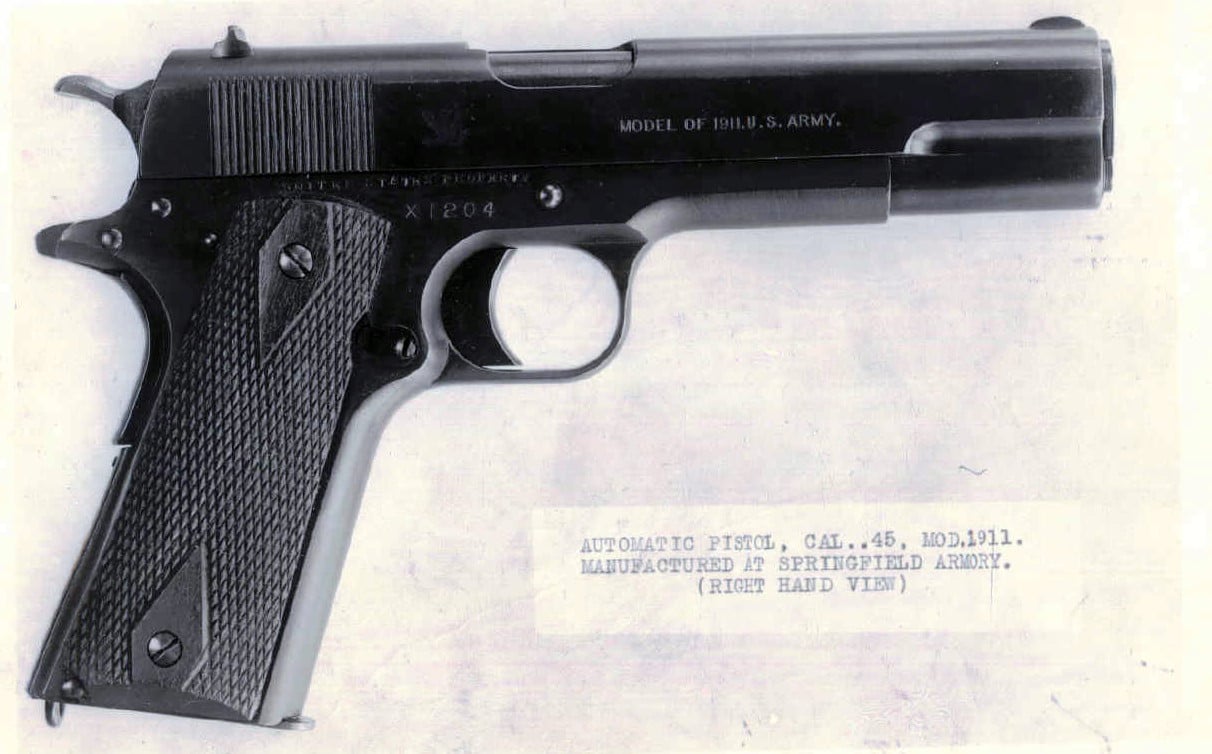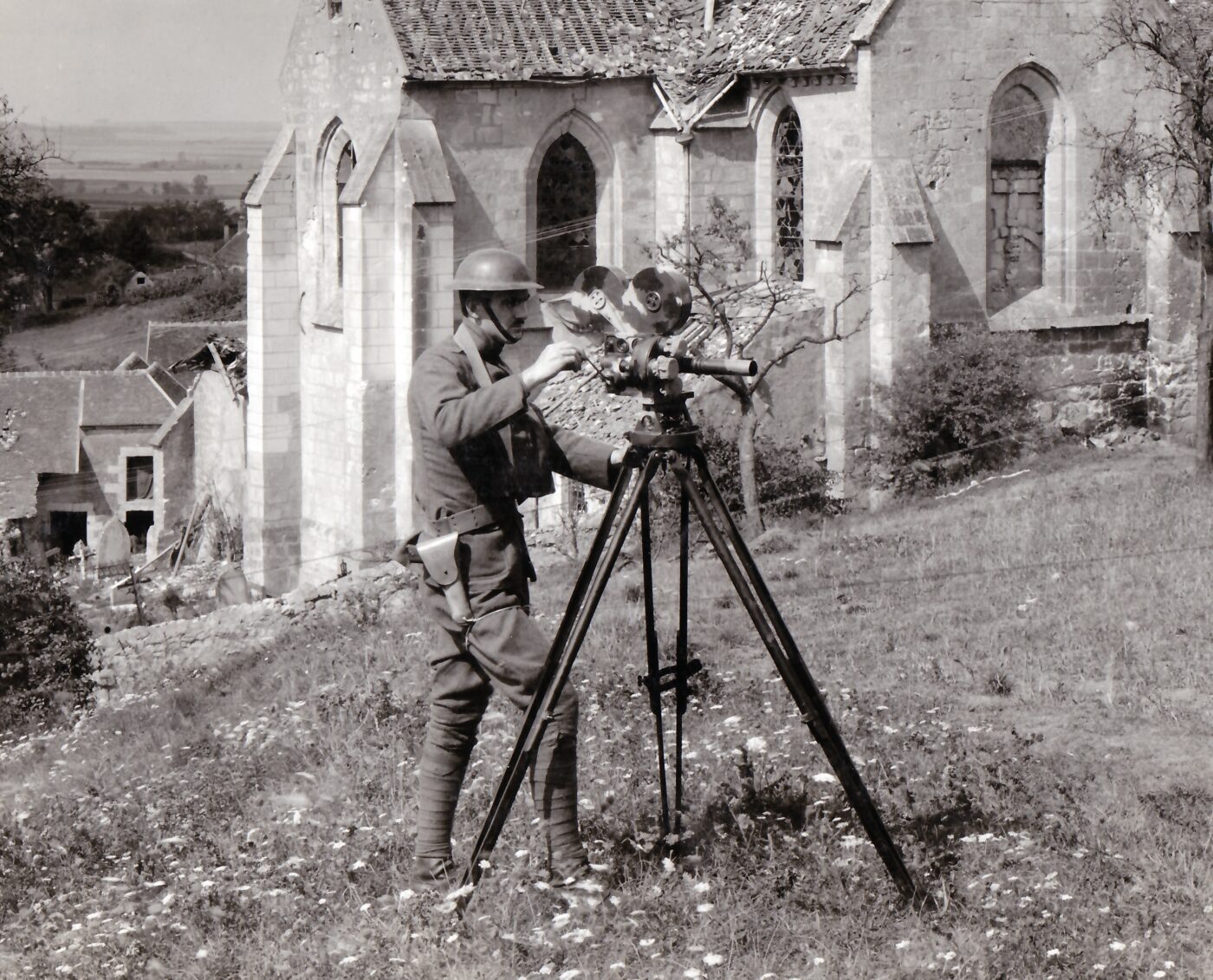The Signal Corps units of the American Expeditionary Force in France filmed hundreds of hours of U.S. troops in action, with them in training, at recreation and working with Allied troops.

They also made several special films, and this little animation was created in a French film studio during 1918. It is unknown if the work was done by French filmmakers, U.S. Signal Corps cameramen, or a combination of the two.

In stop-motion animation, each movement is a coordinated series of still frames. By 1918 standards, this film is an advanced work of camera tricks. More than a century later, it still holds up surprisingly well.
The Foundation
The first known stop-motion animation film was The Humpty Dumpty Circus (1898), which used wooden toys to depict the acrobats and circus animals. In 1925, animator Willis O’Brien created the animated feature The Lost World, which combined the visuals of stop-action dinosaur models along with live actors. O’Brien followed up on The Lost World with the massive box-office hit King Kong in 1933.

Stop-motion animation is difficult, time-consuming work that has delighted film fans for more than a century. It would be interesting to know if anyone associated with this M1911 animation went on to be successful in Hollywood.
The Subject
As American industry ramped up to meet the need, a little more than 643,000 M1911 pistols were produced by the end of World War I. The big .45 caliber pistol was issued to both officers and NCOs, and the Doughboys were clearly happy to carry it on their hip.

As for the little animated film about the M1911, it may have been an attempt to create a training aid. Or, it simply might have been a tribute to the handgun that American troops in France carried, and that they held the M1911 pistol in as high regard as we do more than a century later.
Editor’s Note: Please be sure to check out The Armory Life Forum, where you can comment about our daily articles, as well as just talk guns and gear. Click the “Go To Forum Thread” link below to jump in!
Join the Discussion
Continue Reading
Did you enjoy this video?

 154
154






